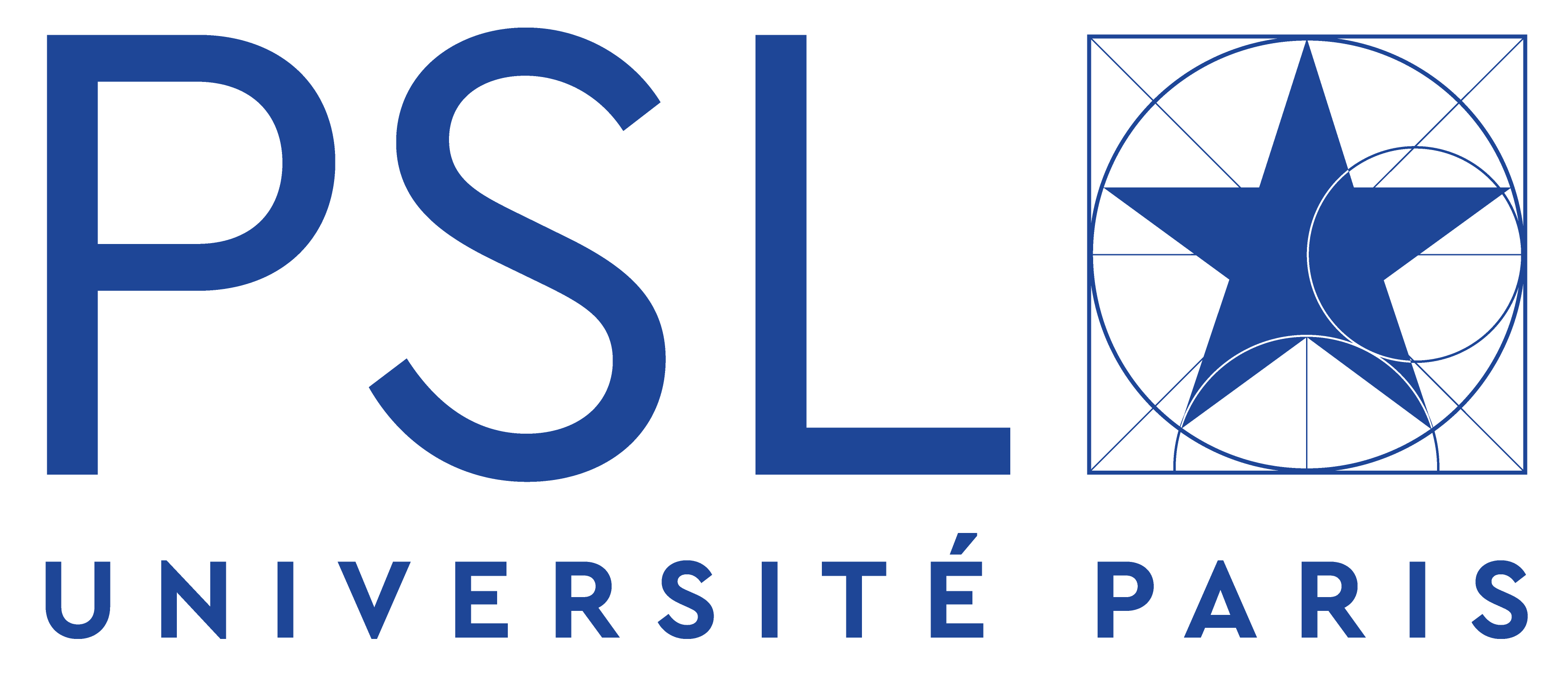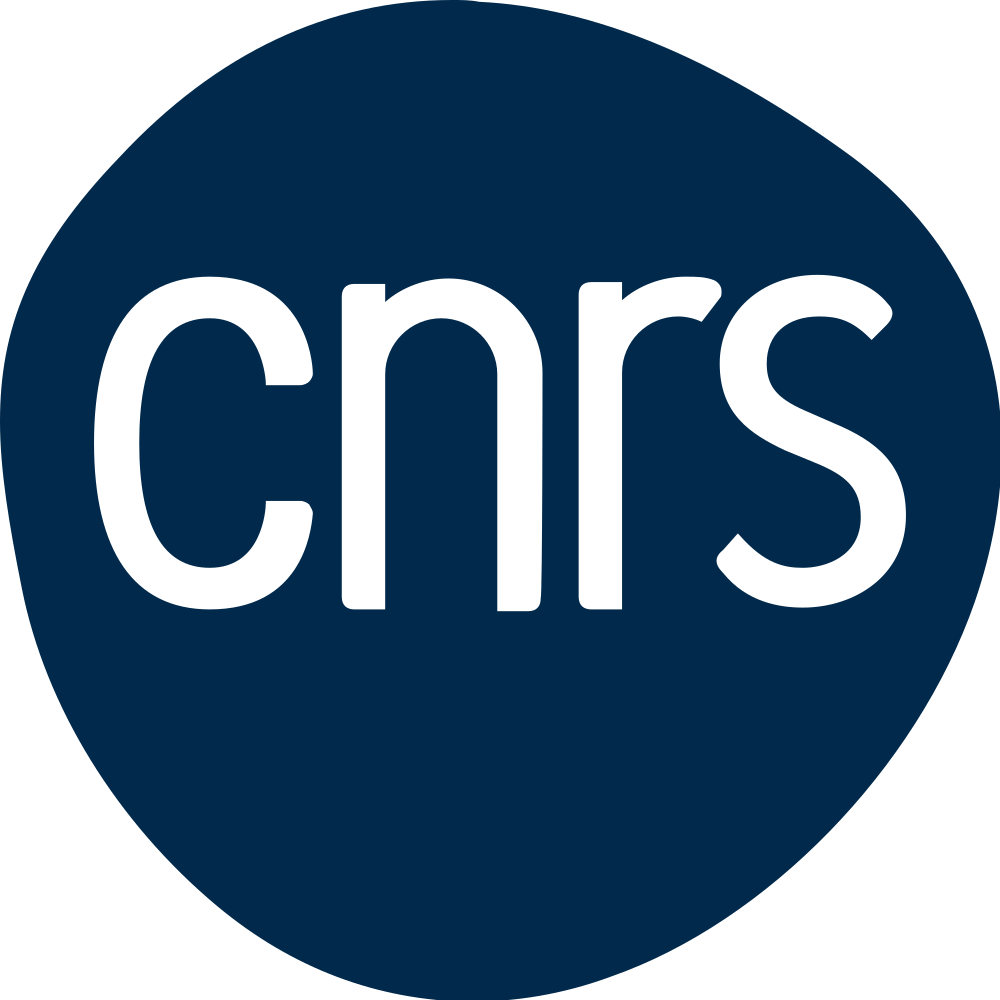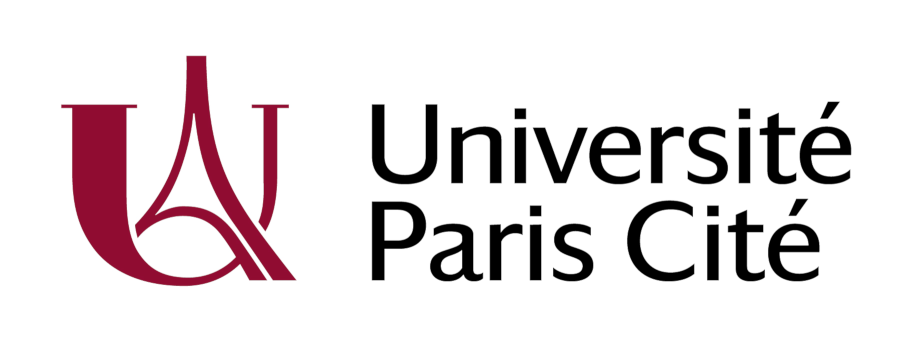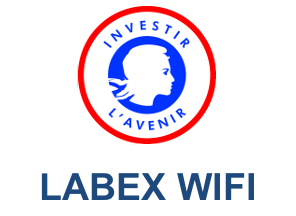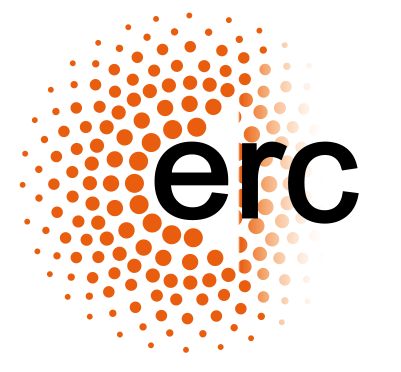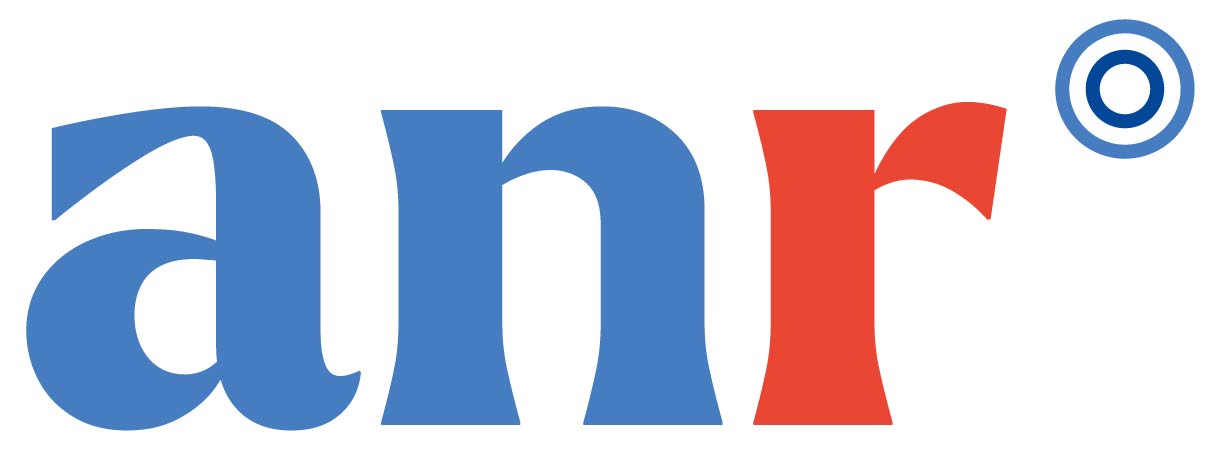Échantillonnage compressif
Pour réduire la quantité de données à acquérir, il est souhaitable d’exploiter la parcimonie des ondes à l’aide des méthodes récemment proposées en traitement du signal. Cette approche est développée principalement dans le groupe de travail sur le traitement du signal, autour de Laurent Daudet.
Le projet ANR ECHANGE (2009-2012), coordonné par l’INRIA Rennes, avec comme partenaires l’Institut Langevin, l’Institut Jean le Rond d’Alembert et le Laboratoire Jacques Louis Lions, a visé à appliquer des nouveaux paradigmes d’échantillonnage de l’information en s’appuyant sur la parcimonie (« sparsity ») des signaux, et ceci en vue de réduire le nombre de mesures à effectuer. Lors de la thèse de Gilles Chardon (2009-2012), nous avons appliqué avec succès ce principe aux problèmes de l’holographie acoustique en champ proche [ACL-Chardon2012], à l’interpolation de réponses impulsionnelles de plaques [Chardon2011] et à la localisation de sources en milieu réverbérant [C-ACTI-Chardon2012b]. Lors du post-doctorat de Rémi Mignot, nous l’avons aussi appliqué à l’interpolation de la « fonction plénacoustique » (ensemble des fonctions de Green dans un volume donné) [C-ACTI-Mignot2011a]. Les travaux sur la localisation de sources en milieu réverbérant se poursuivent actuellement avec le doctorat de Thibault Nowakowski (financement DGA, co-encadrement L. Daudet et J. De Rosny), qui développe une méthode originale utilisant une information partielle de géométrie (par exemple la proximité d’un mur).
Nous appliquons d’autre part ces techniques au domaine médical, dans le contexte de la correction d’aberrations dues à la boîte crânienne lors de la thérapie par ultrasons focalisés. ceci fait l’objet du doctorat de Na Liu (co-encadrement L. Daudet, M. Tanter).
Enfin, des travaux sont entrepris pour l’utilisation de l’échantillonnage compressif dans le domaine de l’imagerie à travers les milieux diffusants (équipe de Sylvain Gigan). Le post-doctorat d’Antoine Liutkus explore l’imagerie de scènes parcimonieuses à travers de tels milieux, ce qui est une méthode potentiellement économe en nombre de capteurs ("super-résolution"), mais impose de développer des techniques numériques de reconstruction robustes aux erreurs sur la matrice de transmission.
[Chardon2012b] Chardon, G., Peillot, A., Ollivier, F., Bertin, N., Gribonval, R., & Daudet, L. (2012). Nearfield Acoustic Holography using sparse regularization and compressive sampling principles. J.Acoust.Soc.Am, a paraitre.
[Chardon2011] Chardon, G., Leblanc, A., & Daudet, L. (2011). Plate impulse response spatial interpolation with sub-Nyquist sampling. J. Sound Vibration, 330(23).
[Chardon2012a] Chardon, G., & Daudet, L. (2012). Narrowband source localization in an unknown reverberant environment using wavefield sparse decomposition. In International Conference on Acoustics, Speech and Signal Processing.
[Mignot2011a] Mignot, R., & Daudet, L. (2011). Compressively sampling the plenacoustic function. In Proceedings of the SPIE XIVth Conference on Wavelet Applications in Signal and Image Processing, San Diego.
[Mignot2011b] Mignot, R., Daudet, L., & Ollivier, F. (2011). Compressed sensing for acoustic response reconstruction : interpolation of the early part. In WASPAA 2011.
[Sturmel2012a] N. Sturmel and L. Daudet, Informed Source Separation using Iterative Reconstruction, IEEE Transactions on Audio, Speech and Language Processing, to appear.
[Sturmel2012b] Sturmel, N., Liutkus, A., Pinel, J., Girin, L., Marchand, S., Richard, G., et al. (2012). Linear mixing models for active listening of music productions in realistic studio conditions. In Proceedings AES 132nd Convention. best peer-reviewed paper award]



